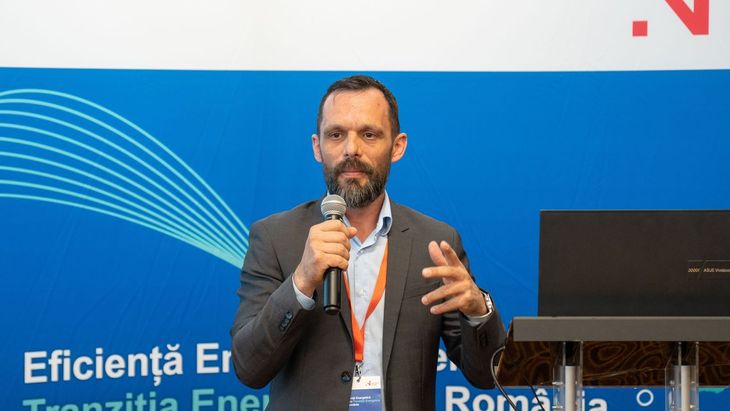Parapet.ro has installed several photovoltaic projects in Germany that allow the use of the land it occupies for agricultural or zootechnical activities, and this trend is starting to be observed in Romania as well, said Ciprian Bodiu, Head of Sale at Parapet.ro, during the conference “Energy efficiency for the energy transition – Oradea”, organized in Oradea by Energynomics together with the Romanian Fund for Energy Efficiency – FREE and the Directorate for Energy Efficiency within the Ministry of Energy.
“We have some agri-voltaic projects implemented in Germany, but such projects also exist in Romania,” said Bodiu.
Photovoltaic projects that combine the production of renewable energy with agricultural activities are of several types, depending on the specifics of the land on which they are located and the characteristics of local agricultural activities.
For example, such installations can have bifacial solar panels mounted at a height between 90 centimeters and two meters from the ground, precisely to allow grazing.
In other locations, the solar panels are mounted at greater distances from each other to allow access of various agricultural machines.
“Because of the high costs, investments in these areas are made by large farmers, including according to the characteristics of their agricultural machines. There are other slightly cheaper ways, depending on the role of the agricultural land (pasture or agriculture). The technological evolution is so great that I don’t think we can necessarily have organic procedural thinking to see what tomorrow will bring from this point of view,” said Bodiu.
The conference in Oradea was the 2nd of a series of 5 scheduled by the Energynomics communication platform, the Romanian Fund for Energy Efficiency – FREE and the Directorate for Energy Efficiency within the Ministry of Energy. The project is financed by Norway Grants 2014-2021.
